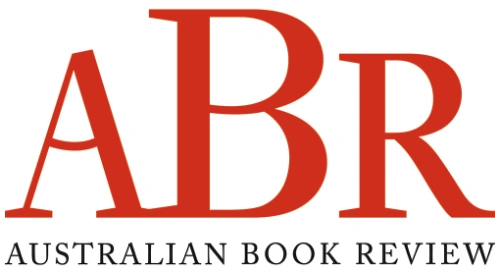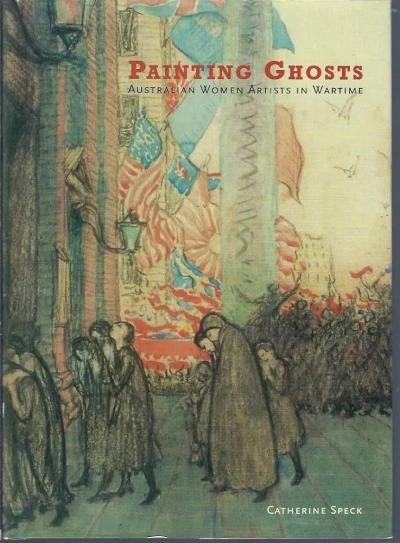A thirty-year correspondence between two Australian artists is notable, but when the artists are father and daughter it is doubly interesting. Hans Heysen and Nora Heysen corresponded regularly throughout their lives: Hans writing from The Cedars, the family house near Hahndorf, in the Adelaide Hills; and Nora from Sydney, London, New Guinea, Pacific Islands, or wherever she happened to be. Hans Heysen is celebrated for his landscape paintings – those South Australian views of eucalypts in a landscape, which changed the way generations looked at the Australian countryside – and for his desert landscapes of the Flinders Ranges. Nora, the only one of his nine children to become an artist, is known for her still lifes and portraits. Their work is well represented in Australian public collections. Hans was unquestionably the better artist, and always had the greater reputation. Nora, however, won major prizes (including, somewhat controversially, the 1938 Archibald Prize) and managed to forge an independent career for herself; she by no means lived in her father’s shadow.
...
(read more)


